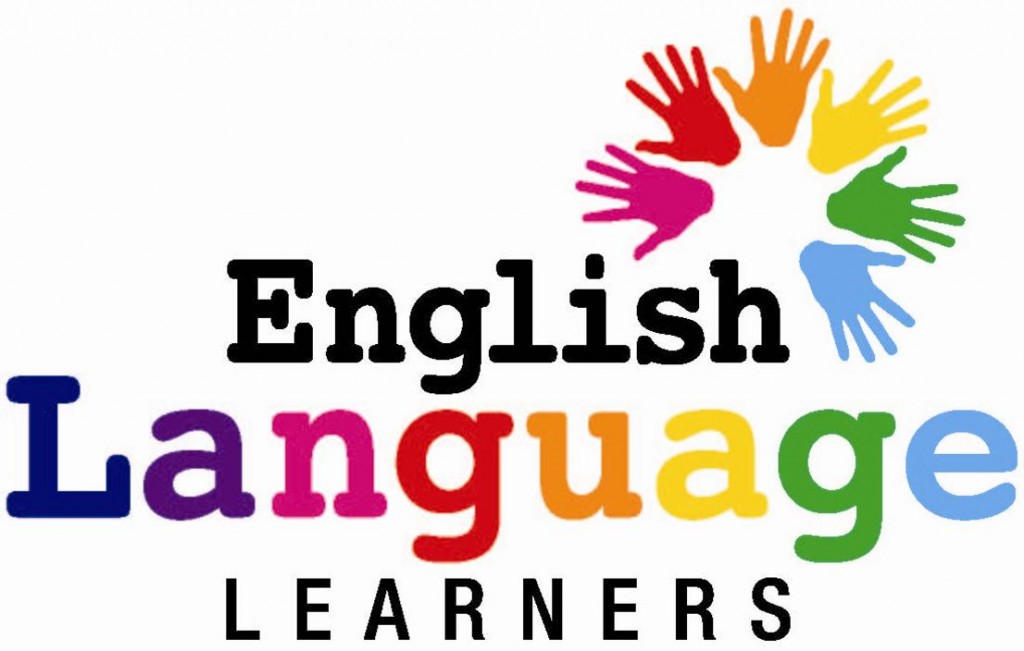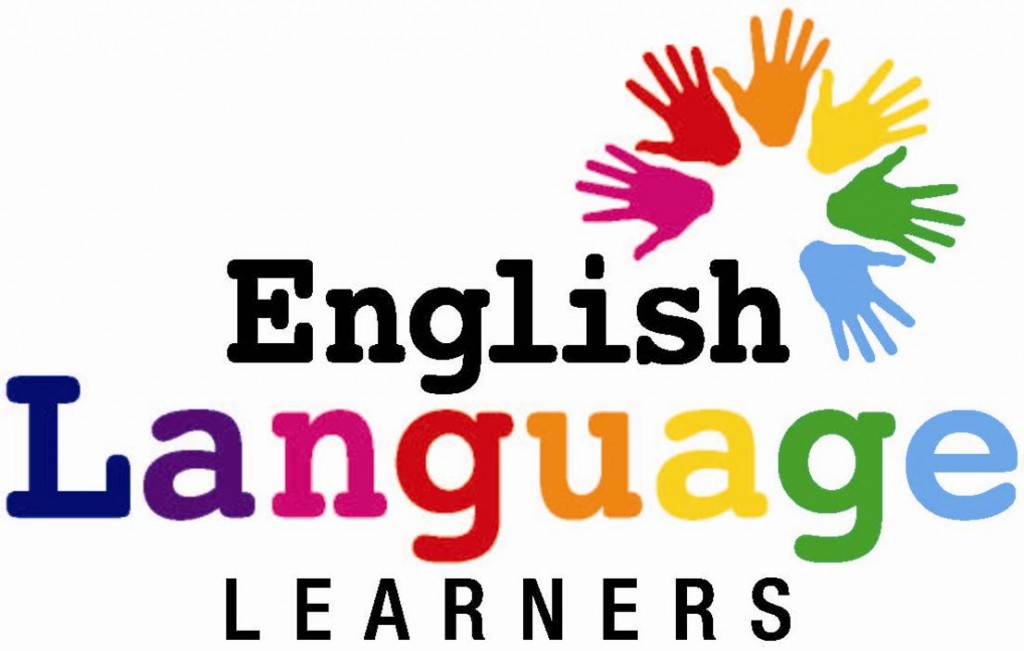Hello Aspirants.
Welcome to Online English Section with explanation inAffairsCloud.com. Here we are creating question sample in Reading comprehension, which is BASED ON IBPS PO/CLERK/LIC AAO/RRB & SSC CGL EXAM and other competitive exams.
Directions (Q.1-10): Read the passage carefully and answer the questions given below it. Certain words/phrases are given in bold to help you locate them while answering some of the questions.
Khata Kholna, or opening basic bank accounts, is all the rage now. Whether it is the RBI’s no-frills accounts or the Prime Minister’s Jan Dhan accounts, the growth of such accounts has been notable.
While the number of no-frills or zero-balance account holders touched 103.21 million in 2012, up from 49.33 million in 2010, more than six crore Jan Dhan accounts have been opened at breakneck speed since its launch.
Since millions of Indians don’t even have a bank account, these are laudable efforts, at least when measured through the prism of intent.
But on the credit side, the mainstay of RBI’s financial inclusion drive since the late 1960s has been the priority lending scheme, which requires banks to set aside a share of credit for the weaker sections.
Presently, banks are required to direct 40 per cent of their total credit to the ‘priority sector’ (PSL) consisting mainly of agriculture and allied activities and small and medium enterprises. In further directives, the RBI has mandated a sub-target of 18 per cent of banks’ credit for the agricultural sector.
So far these regulatory provisions haven’t yielded the desired results as both the agricultural and MSME sectors continue to reel under a credit crunch.
Moreover, it has often been founded that banks are only too keen to fulfill the given targets by hook or by crook as the deadline nears, thus leaving the purpose of inclusion un served.
It is known for example that commercial banks buy out loans from non-banking entities and pass them off as PSL.
Still, banks regularly fail to fulfill the prescribed limit. The evidence of PSL’s impact of financial inclusion is scant.
In the process though, banks have amassed large NPAs and this is in part due to priority sector lending.
The net non-performing assets (NPA) of all banks increased to 1.68 per cent of the total loan of the banking system at the end of 2012-13, rising from 1.28 per cent in the previous financial year.
The ratio of gross NPAs to gross advances snowballed from 2010 to 2013 and the public sectors banks shouldered much of this load. In fact in 2013-14 the ratio went up further to 4.03 per cent.
These NPAs are then periodically written off by the government, resulting in added pressure on the fiscal deficit. The priority sector has historically constituted a large share of total NPAs in the banking sector, although non-priority sector NPAs has also grown in recent times.In FY 2011-12, the priority sector loans constituted 47 per cent of total NPAs.
Among the issues presently faced by the banking system is the fact that all banks are required to do everything.
The Nachiket Mor committee has, among other things, recommended changing the existing norms so as to allow (and incentivize) banks to specialize, instead of requiring to carry out activities in all sectors (and regions).
Throwing light on the limitations of the mandate-driven approach, the ex-Deputy Governor of RBI KC Chakrabarty once said “if banks do financial inclusion as a target, it can never happen.”
The private low-cost housing finance sector has emerged as a trailblazer for specialized banking, a sector where intense competition has actually gone on to foster inclusion in the area.
While low-cost housing comes under the RBI’s priority sector, traditional commercial banks have consistently turned their backs on sections of the population which have very low and unpredictable flows of income.
More often than not, complex documentation requirements (income certificate, specific identify proofs, etc) of these banks push customers away to non-banking entities that are playing a role in inclusion by giving out small-ticket loans.
- What has been the most basic part of RBI’s financial inclusion drive?
1) To allocate a certain percentage of bank’s credit for the agriculture sector
2) To open new bank branches in the remotes part of the country
3) To set aside a share of bank credit for the weaker sections of the society
4) To open as many bank accounts as possible
5) None of theseAnswer – 3)
Explanation: To set aside a share of bank credit for the weaker sections of the society
2 .What was/were suggested by the Nachiket Mor Committee? Answer in the context of the passage.
A. That bank should be allowed to do only specialized works.
B. That bank should carry out every type of banking activities.
C. That bank should not be given the right of financial inclusion.
1) Only (A)
2) Only (B) and (C)
3) Only (A) and (B)
4) Only (C)
5) Only (B)
Explanation: Only (A)
3. Why according to the author, has the opening of basic bank accounts registered a noticeable growth in recent time?
1) Because RBI has issued directives to all the PSBs to facilitate opening of bank accounts to fulfill the target of financial inclusion.
2) Because opening of PM’s Jan Dhan accounts and no-frills accounts require very small of initial deposit.
3) Because opening of basic bank accounts has become very popular and fashionable.
4) Because no document is required to open such accounts.
5) Not given in the passage
Explanation: Not given in the passage
4. Find the incorrect statement on the basis of the given passage.
A. The number of zero-balance account holders became more than double in 2012 in
B. comparison to that in 2010.
C. At the end of 2012-13 the net NPA of all banks was more than the total loan of the banking system.
D. The private low-cost housing finance sector has emerged as the torch bearer for specialized banking
1) Only (C)
2) Only (B)
3) Only (A)
4) Only (B) and (C)
5) Only (A) and (B)
Explanation: Only (B)
5).Why do customers prefer non-banking entities to commercial banks for taking small loans?
1) Low rate of interest charged by non-banking entities
2) Complex documentation requirements
3) Non-cooperative attitude of commercial bank employees
4) Only a) and b)5) Only b) and c)
Explanation: Complex documentation requirements
Directions (Q-6-8): Choose the word/group of words which is MOST SIMILAR in meaning to the word/group of words printed in bold as used in the passage
6. Mainstay
1) pillar
2) hindrance
3) impediment
4) problem
5) security
Explanation: pillar
7. Trailblazer
1) devotee
2) servant
3) admirer
4) pioneer
5) follower
Explanation: pioneer
8. Foster
1) hinder
2) neglect
3) dissuade
4) impede
5) promote
Explanation: promote
Directions (Q.9-10): Choose the word/group o words which are MOST OPPOSITE in meaning of the word/group of words printed in bold as used in the passage.
9. Snowballed
1) annexed
2) lowered
3) enhanced
4) boosted
5) reinforcement
Explanation: lowered
10. Scant
1) paltry
2) meager
3) ample
4) spared
5) sparse
Explanation: ample



